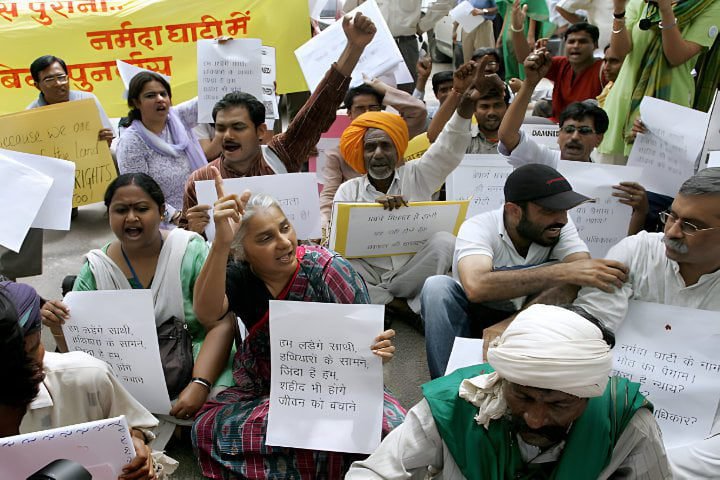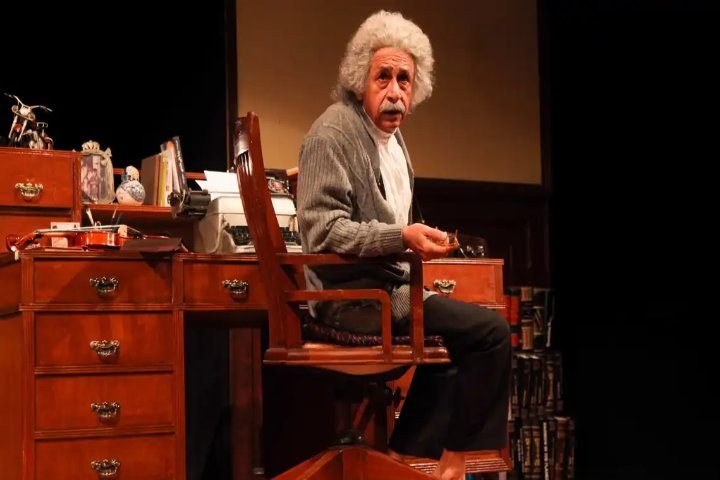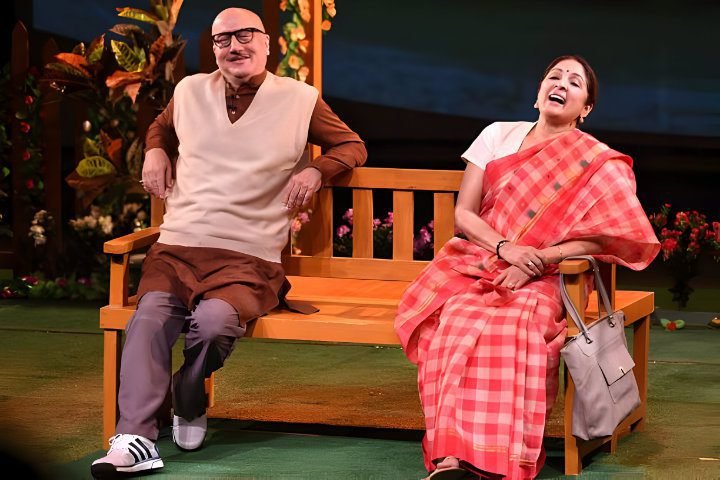Introduction
The Narmada Bachao Andolan was a ray of hope and strength for the people affected by the construction of large dams along the Narmada River. The movement started in 1985 and represented the struggle of more than 250,000 people facing displacement due to the dam projects.
In This Article
The movement was initially called Narmada Dharangrast Samiti. In 1989, it was renamed Narmada Bachao Andolan to signify its evolution into a force advocating for those affected by large-scale development projects.
The Narmada Valley Project: Origins and Objectives
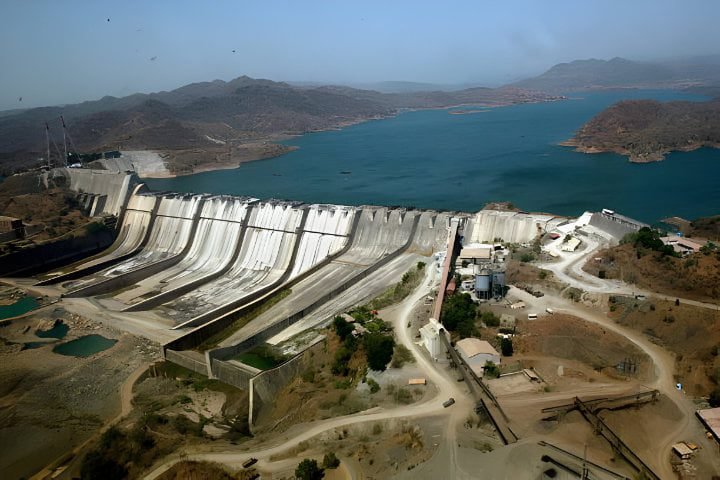
The Narmada is India’s largest westward-flowing river. It is of immense religious and cultural importance to the people living on its banks. It is also the subject of the largest river development project in the world, the Narmada Valley Project.
The origins of the Narmada Valley Project date back to 1946, but its actual implementation began in 1978 after the directives of the Narmada Water Disputes Tribunal (NWDT).
The project aimed to utilize the resources of the Narmada River for irrigation, drinking water supply, and hydropower generation through the construction of 30 large dams, 135 medium dams, and 3,000 small dams, covering a distance of 1,312 kilometres.
However, this ambitious project came at a significant cost, as it posed a threat to submerge enormous areas of land and displace hundreds of thousands of people residing in the project’s surrounding areas.
The Emergence of Narmada Bachao Andolan

The construction of two giant dams, Sardar Sarovar and Narmada Sagar, began in 1961. These dams have been causing the displacement of approximately one million people and affecting many more, mainly impoverished peasants and tribals. The Narmada Bachao Andolan has strongly opposed this.

The construction of dams also results in significant harm to the environment, particularly by flooding forests that contain rare species. Improving the resettlement procedure and compensation for construction-related damages were necessary. However, it was unlikely that the displaced people would be fully resettled or that the environmental damage would be adequately compensated.
There were serious concerns that the large dams in India may not deliver the expected benefits of hydropower, irrigation, and drinking water based on past experiences with similar projects in the country. As a result, the Narmada Valley Project was also claimed to face a tragic outcome for humans and the environment, causing significant damage to the ecological balance.
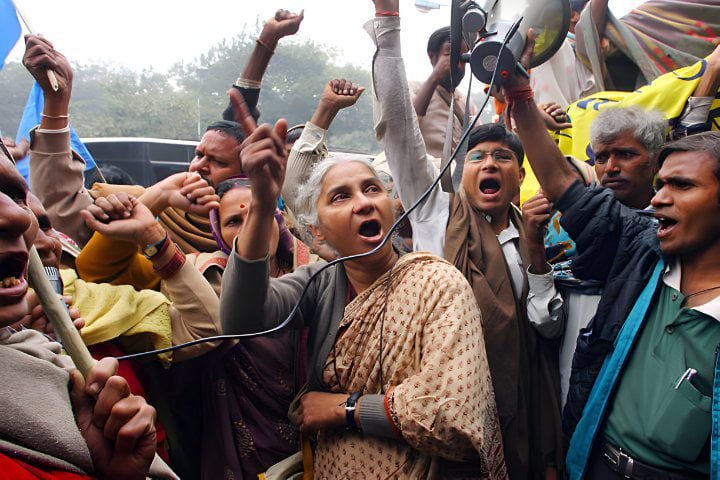
In 1985, Medha Patkar, an activist, challenged the Narmada Valley Project in court. Patkar argued that the project did not adequately provide for the resettlement and rehabilitation of those affected.
The Narmada Bachao Andolan suggests replacing dams with an energy and water strategy that focuses on enhancing dry farming technology, developing watersheds, constructing small dams, implementing lift schemes for irrigation and drinking water, and improving the efficiency and utilization of existing dams.
The Narmada Bachao Andolan has exposed fraudulent environmental compliance reports and massive corruption in rehabilitation, which has led to a judicial inquiry. More than 200,000 people are in the submergence area of this single dam, where agriculture, horticulture, and community life thrive with temples, trees, schools, hospitals, government buildings, and more.
The Narmada Bachao Andolan played a crucial role in questioning and compelling the World Bank to review its support for the project, which included a loan of US$450 million.
After the intervention of the Supreme Court, work on the project has been suspended. Despite occasional court victories, the rights of the displaced communities continued to be ignored, worsening their situation and adding to their resistance.
The Legal and Political Battle
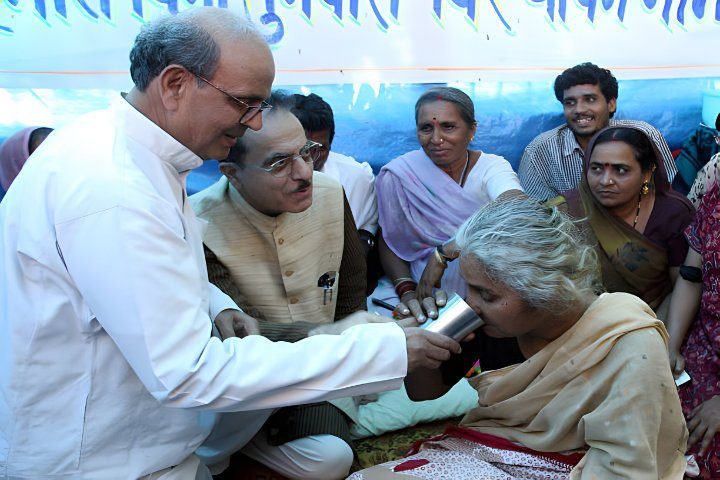
The Narmada Bachao Andolan’s journey was challenging, with legal and political obstacles causing delays. The Supreme Court initially imposed temporary injunctions on the project but later granted permissions with conditions that were only sometimes met.
After Narendra Modi became Prime Minister in 2014, construction activities accelerated, and the dam was completed quickly despite lingering concerns about resettlement and rehabilitation.
Triumphs amidst Tribulations
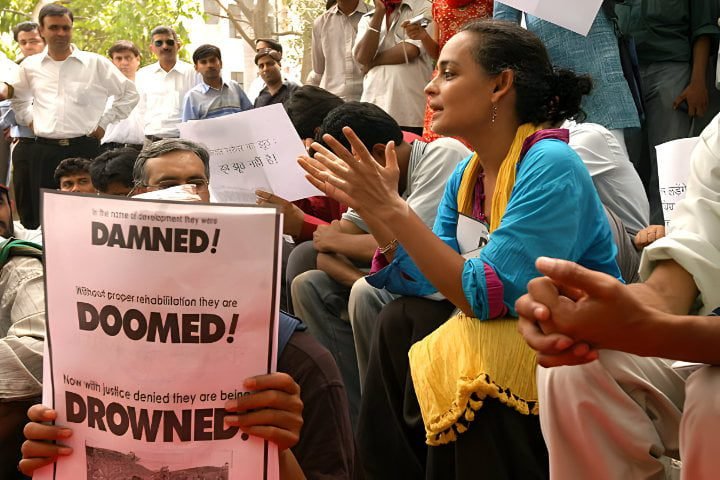
Despite numerous challenges, the Narmada Bachao Andolan achieved significant victories through grassroots mobilization and collective action. In 1993, the World Bank withdrew its funding for the Narmada project, recognizing the legitimacy of the concerns raised by the Narmada Bachao Andolan.
This pivotal moment not only dealt a blow to the proponents of large-scale dam construction but also brought international attention to the plight of marginalized communities affected by development-induced displacement.
The role of Medha Patkar
Medha Patkar, a graduate in social work, initiated the Narmada Bachao Andolan alongside her colleagues to protect the tribal communities of the Narmada Valley from the devastating consequences of the dams.
She dedicated herself to living among the tribes in the mid-1980s to make them aware of the dire consequences that awaited them due to large-scale dam construction. Under her leadership, the Narmada Bachao Andolan has become a catalyst for change, strategizing and mobilizing to protect the rights of the tribal people.
Medha Patkar’s unbreakable spirit is at the heart of Narmada Bachao Andolan’s story. His firm commitment and persistence have kept the movement going over the years. Her leadership has amplified marginalized voices and held those responsible for perpetuating injustice accountable.
The Human Cost of Development
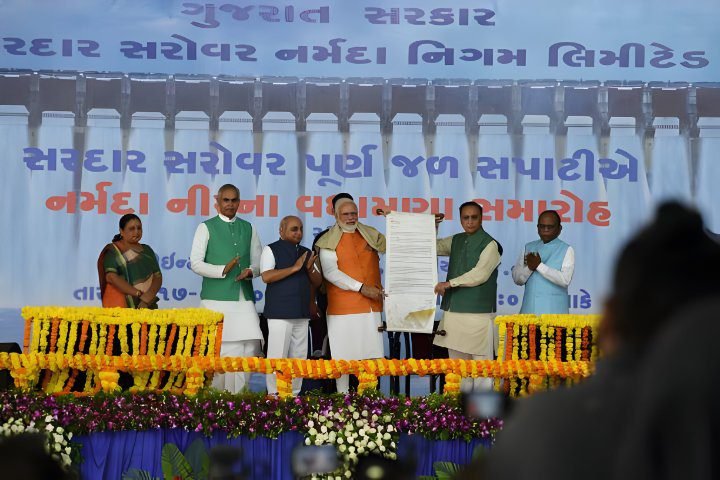
Although the construction of dams is often seen as a remarkable feat of engineering, the impact on the people affected by such projects is frequently overlooked in the name of progress.
Those who are displaced by these projects find that promises of rehabilitation are unfulfilled as they struggle to cope with the loss of their traditional livelihoods and social connections. These communities are forced to navigate a difficult path, often ending up on the outskirts of society, facing the harsh realities of life in urban slums or barren lands that can no longer sustain them.
Current Status of the Project
Narmada project is expected to be completed by 2025 for Rs 79,000 crore. The government of Gujarat claimed that 80% of the drinking water requirement of the people of Gujarat is supplied by Narmada water. It includes 7 cities, 199 towns, and 11,777 villages. The Sardar Sarovar project has contributed more than 200 dams in Gujarat and alone irrigated the 36 lakh-hectare area.
Conclusion
The Sardar Sarovar Dam symbolizes human ambition and represents the injustices often carried out in the name of progress. The Narmada Bachao Andolan demonstrates the resilience of the human spirit in the face of adversity, embodying the principles of solidarity and resistance.

